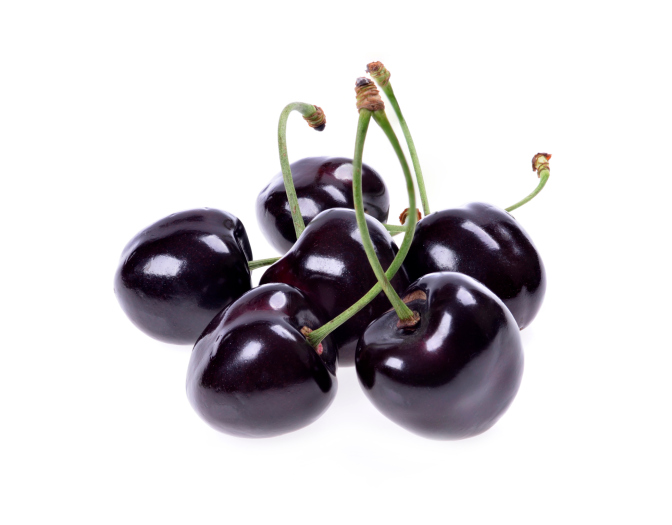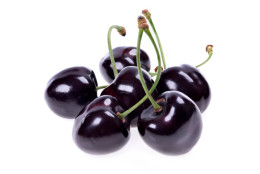









WASHINGTON — The Chimney Rock estate began to take shape in 1980, when Hack and Stella Wilson brought their love of wine and South African winery architecture to the Napa Valley. They purchased a 180 acre parcel — which included a golf course — situated on the east side of the Silverado Trail.
The first 59 acres were planted with a combination of red and white grapes, and the inaugural vintage of Chimney Rock estate wines was produced in 1989. In the early 1990s, a Cape Dutch-style winery and the tasting room were added to the estate.
However, shortly after the building was completed, phylloxera devastated the vineyard and necessitated the replanting of the entire property. But recognizing the unique characteristics of the Stags Leap District, the Wilsons decided to replant the vineyards using only red Bordeaux-variety grapes, including cabernet sauvignon, merlot, cabernet franc, and petit verdot. These new vineyards were planted with improved drainage, better matching of rootstocks to soils and new clones to maximize the potential of the estate. The latter was a necessary and critical first step in making great and important wines.
In 2000, the Terlato family joined the Wilson family as partners in the winery with added resources and the goal of enhancing Chimney Rock’s reputation for producing some of the world’s great estate cabernet sauvignons. In 2001, the remaining land, covering 60 acres, was planted entirely to cabernet sauvignon.
Since the Terlato family assumed sole ownership of Chimney Rock in 2004, they have had a clear vision of the potential of this great estate. They have steadfastly supported and shepherded only the highest standards in viticulture and winemaking. The Chimney Rock estate now comprises 119 acres of vineyards divided into 28 distinct blocks, allowing for highly specialized viticulture suited to each specific site.
The distinctive character of Chimney Rock’s wines springs from a simple yet extraordinary foundation: The Stags Leap District, Napa Valley’s smallest and most acclaimed sub-appellation. Located along the Silverado Trail in California’s Napa Valley, the Stags Leap District is home to many of the most elegant cabernet sauvignons grown on American soil. Pronounced fruit character, gentle but well-structured tannins, and silky texture are the hallmarks of Stags Leap District Cabernet Sauvignon.
The Stags Leap District, barely a mile wide and 3 miles long, is planted with 1,350 acres of vineyards. Beginning seven miles north of the town of Napa and embracing Chimney Rock Winery at its southern end, the appellation is bounded by rocky hillsides on the east and the Napa River on the west. Here, the natural environmental mechanics of warm sun and cool breezes mesh perfectly with coarse, gravelly soils. The distinctive Stags Leap Palisades, with their massive rocky pillars, store the sun’s energy and nurture the fruit through leisurely ripening and maturation.
The District’s name derives from the legend of a nimble stag that is said to have escaped a hunter by making a fantastic leap from one of the towering rock outcroppings to another. Although grape growing goes back to the 1880s, it wasn’t until Nathan Fay planted the Stags Leap District’s first cabernets in 1961 that other growers and winemakers were drawn to the area. One by one, we have all discovered the magic in this narrow pocket of land.







